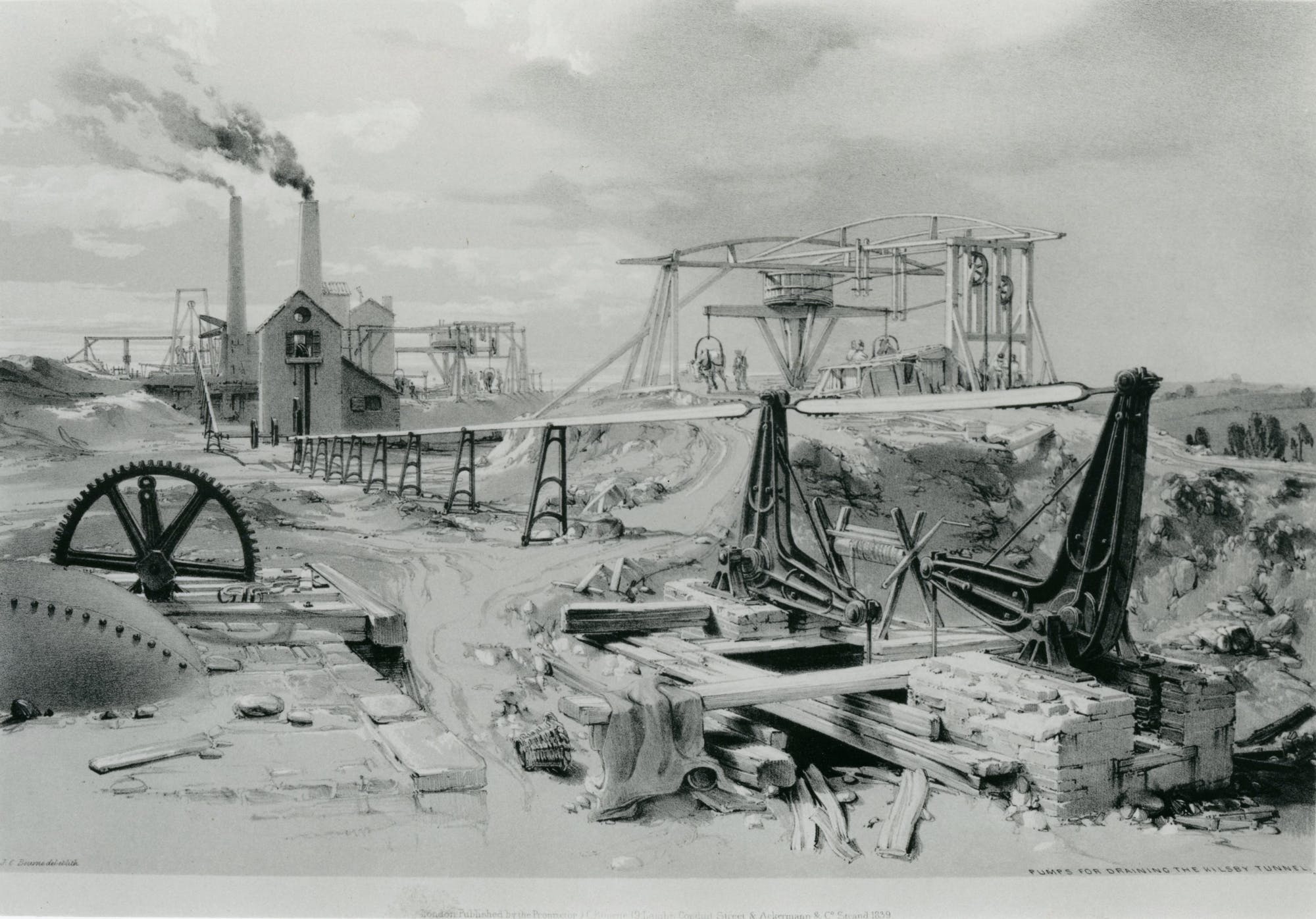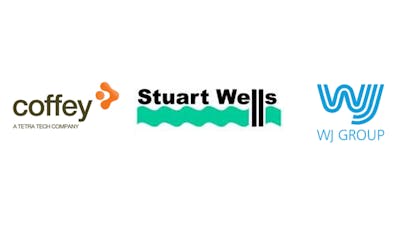18th Apr 2024 18:00 hours
Telford Lecture Theatre, Institution of Civil Engineers, One Great George Street, London SW1P 3AA
This event is planned as an in-person event, and will also be webcast live. The live stream of the event can be accessed via the link below
This a Joint Evening Meeting of the British Geotechnical Association (BGA), British Tunnelling Society (BTS) and Engineering Group of the Geological Society.

This event is planned as an in-person event, and will also be webcast live.
Photographs may be taken at the event and used for BGA promotional purposes; if you have any objections please contact the BGA via email.
The Kilsby Tunnel, constructed in the 1830s under the direction of Robert Stephenson, faced severe problems when a section of the tunnel, almost 400 m long, was driven through water-bearing unstable ‘quicksand’ conditions. Contemporary methods were not well suited to tunnelling through such conditions, and in previous decades, several canal tunnels had been planned to specifically divert around expected ‘bad ground’, and others took years to complete at great expense. Stephenson’s team, drawing on their experience from the mining industry, did not take this approach and ultimately worked through the unstable ground, albeit with considerable delays and cost increases. This was achieved in part by establishing a large-scale groundwater pumping system, unique for the time, that lowered groundwater levels and stabilised the quicksand, which resulted from a buried channel of glaciofluvial sands, cut into bedrock, that had been missed by trial borings. Steam engines were used to pump from multiple shafts (including four dedicated pumping shafts, off set from the tunnel alignment), with a reported pumping rate of 136l/s for several months. The work at Kilsby was two decades before Darcy’s law established the theoretical understanding for groundwater flow. Despite the lack of existing theories, Stephenson used careful observations and interpretation of groundwater flow in the ‘quicksand’ to navigate the tunnel project to a successful conclusion
Mike Chrimes is former Director of Engineering Policy and Innovation at ICE, working in the Library at ICE for 37 years. He has written extensively on the history of civil engineering including three books, the Civil Engineers, The Contractors, and the Consultants with Hugh Ferguson. He contributed a number of chapters to the 2003 biography of Robert Stephenson edited by Michael Bailey.
Dr Martin Preene is a groundwater engineer and dewatering specialist with more than 35 years’ experience delivering practical solutions to groundwater problems. A civil engineer by first training, he is both a Chartered Civil Engineer and a Chartered Geologist and has worked on projects in more than 40 countries. He works as a Technical Director at Coffey, a Tetra Tech company.
Martin is a former Chairman of the British Geotechnical Association, and is author or co-author of more than 70 technical publications, including CIRIA publication “Groundwater Control – Design and Practice” (C750) and the textbook “Groundwater Lowering in Construction: A Practical Guide to Dewatering”, now in its 3rd edition. He has given invited lectures to a number of societies and worked with several universities as visiting lecturer and external examiner.

Tea and Coffee will be available from 17:30.
All attendees are invited to Kendalls Cafe Bar (on the lower ground floor of the ICE) after the lecture, where food and drink will be available, courtesy of the event sponsors
This event is sponsored by Coffey Geotechnics Limited, Stuart Wells and WJ Group
